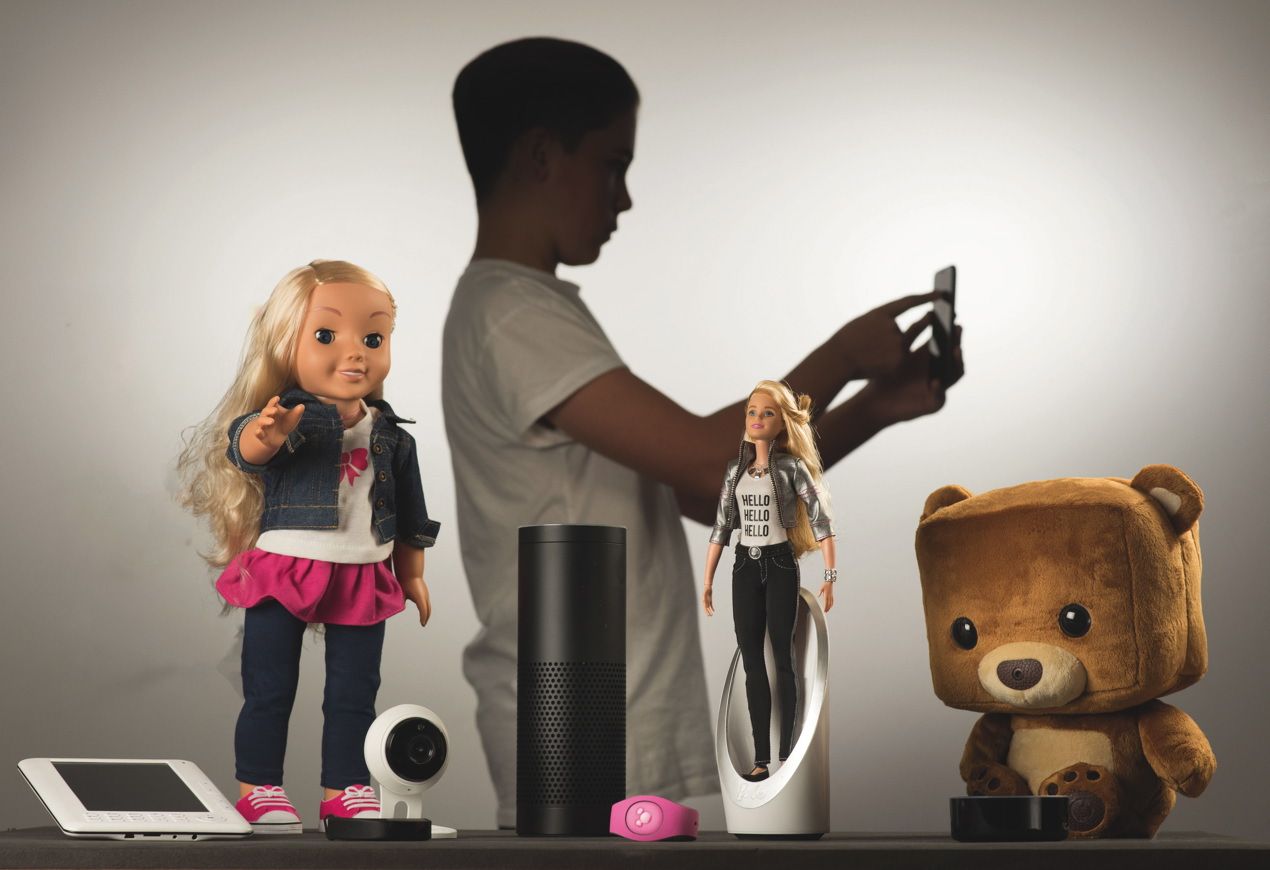Data processing
There are now more devices connected to the internet than there are people on the planet and a new exhibition explores the stories behind the rapidly expanding ‘internet of things’
We’re all faced on a daily basis with questions about technology and our willingness to embrace it. A new exhibition at Bradford’s National Science and Media Museum called Never Alone looks directly at those dilemmas.
To mark the launch of the exhibition, a national survey of 2,000 people over the age of 16 was conducted, examining the UK’s use of internet-connected devices. It’s estimated that there are now over eight billion such devices around the world – more than the total human population. For some, it seems, today’s round-the-clock connectivity is a dream come true. For others, it can be a nightmare.
“The title was a deliberate attempt to hint at that dual nature,” says Dr Sarah Rawlins, content developer of the Never Alone.
“We wanted to create an exhibition which would engage with an adult audience and be a bit more provocative than people are perhaps used to, without providing any easy answers.
“We’re trying to offer a range of different stories. Some of them are positive examples where devices have been really useful to people. Then we’ve got things like the My Friend Cayla doll, which was actually banned in Germany as an illegal surveillance device.”
To give the exhibition a personal touch, some of the devices featured in it came from a “gadget amnesty” conducted within the Science Museum Group.
“We asked members of staff for any internet-connected devices they had and to let us know the stories around them – how these objects have been significant in their lives, whether they bought them, whether they thought they were brilliant or they didn’t work, or whether they really helped them in their day-to-day life.”
Alongside these devices, the exhibition contains bespoke films and artworks relating to the issue as well as touch screens that allow visitors to answer key questions and see how others have responded.
Rawlins says: “In our surveillance section we’re asking people how much of their privacy they’re willing to exchange in return for feeling secure. One of the touch screens asks would you have a wi-fi connected security camera in your house? At the moment 57 per cent of visitors have said yes.”
The results of the national survey accompanying the exhibition are equally illuminating. Sixteen per cent of responding UK households containing teenagers own over 10 internet-connected devices, from laptops to toys, speakers and smart watches. Asked, if it were proved to be medically safe, would you have an implant that directly connects your brain to the internet, 20 per cent of respondents nationally replied that they would.
Rawlins says working on the exhibition has affected her own habits. “I’ve been reading the terms and conditions of things that I want to buy or put on my phone more carefully. I know it might sound sad but I’m finding it really useful.
“I can fully understand why people generally don’t take the time to, though. There’s an artwork in the exhibition, I Agree by Dima Yarovinsky, which has taken five everyday internet-connected objects and printed out their terms and conditions onto a big sheet of vinyl. The one for Fitbit is nine and a half metres long. It would take you over an hour to read. But it’s important that you know what these devices are doing with your data.”

Leave a reply
Your email address will not be published.